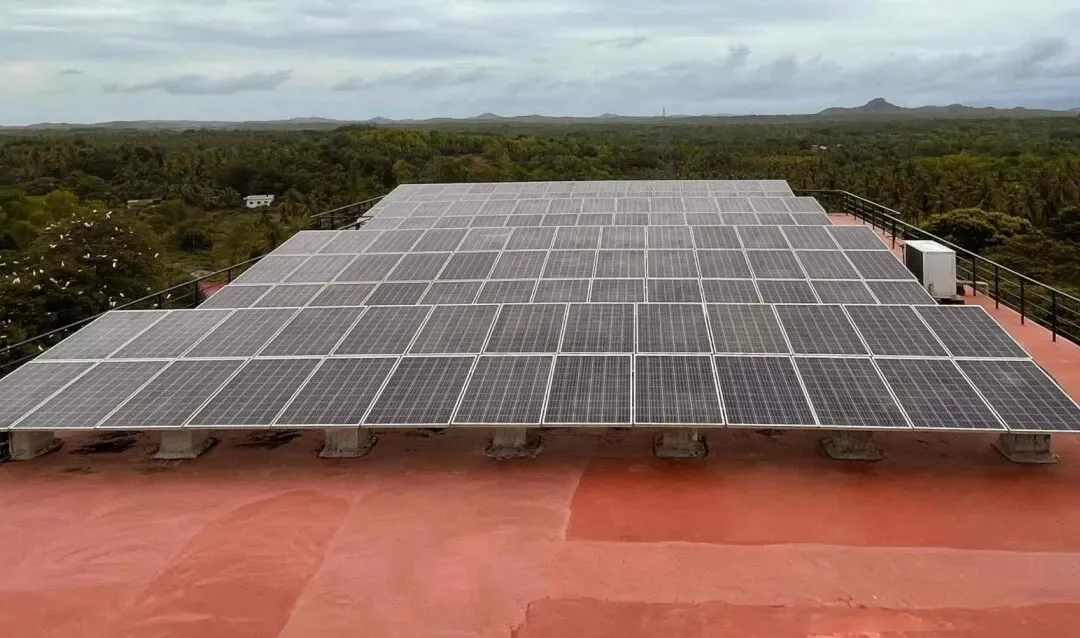Introduction
Are you ready to Adopt Solar Power Systems and contribute to a sustainable energy transition, If yes, it is very important to evaluate the solar capacity. This includes carefully recognizing all the factors needed for the solar installation. We will discuss all the checklists required to successfully evaluate the factors before installing the solar power plant. The parameters to analyze should account for usage, site characteristics, environmental impact, and power solutions.
Site Survey:
The very first step lies in the preparation of a process which includes physically inspecting a designated installation area for solar panels. The design engineers will inspect multiple factors like potential shading, space availability, condition of the site, etc. These assessments play a pivotal role in establishing the project’s viability. Measurements are taken to make sure that the 3D layout is scaled down accordingly.
Recognizing and scrutinizing potential obstructions such as trees, water tanks, nearby towers, or structures that might create shading on the solar panels. These shadows can diminish the effectiveness of the solar array, so it becomes an important factor to consider during the survey.
Load Analysis:
The last few months of energy consumption would be needed to estimate the size of the solar system required to meet future energy needs. Usually, this information is obtained from utility bills. With the help of software, the evaluation of energy usage with the site is checked for the solar panel installation. The appropriate size and capacity of the solar photovoltaic systems are necessary to fulfill the energy requirements.
The total energy output, panel efficiency, sunlight hours, seasonal variations, and energy consumption patterns are analyzed with the help of software. Solar panel type and size are calculated with the help of array layouts designed in different software like Autocad. Let’s see how to calculate how many panels are required according to the required energy. The Capacity needed will be equivalent to the sanctioned load as per the energy bills.
No. of Panels = Capacity / Wattage of Panels
For Example, if we have 500 kW DC capacity, 540 W panel.
No of panels = 500 * 1000 / 540 = 926 panels
Azimuth measurement:
The photovoltaic Azimuth is the direction towards which the PV panels face. The measurement establishes the best possible orientation to optimize energy generation. It is frequently denoted in degrees measured clockwise from the north direction. Therefore, if we have an azimuth angle of 180° clockwise from north, it indicates that the solar panel is oriented toward the south. Similarly, an azimuth angle of 0° clockwise from north signifies that the solar panel is directed northward.
Shadow Analysis:
To achieve maximum energy generation, solar power plants must be located in areas completely free of shadows. Therefore, when designing such a solar power system, it is important to take into account both the sun’s position throughout the year and the azimuth of our site location. The shadow analysis report should comprehensively address these critical parameters. SketchUp is a 3D modeling software that can be used to create a 3D model of the solar installation site. By simulating the sun’s path and shadows, you can optimize panel placement for maximum energy production.
Conclusion:
The successful evaluation of solar capacity is a crucial step in adopting a solar power system for sustainable energy transition. It involves a comprehensive process, starting with a site survey to assess factors like shading, space availability, and site conditions. The appropriate capacity is taken into account with the help of the sanctioned load given in the energy bills. The number of panels required to mitigate the energy demand is then calculated. Azimuth measurement guides the optimal orientation of PV panels for maximum energy generation, while shadow analysis is essential to ensure that the solar power plant is located in areas free of obstructions.
By diligently considering these checklists and utilizing tools like SketchUp for shadow analysis, organizations can make informed decisions and contribute to a greener and more sustainable energy future.
Are you interested in Solar Projects?
It’s advisable to consult with solar professionals or engineers who can provide accurate assessments and help you design the most efficient system for your needs.
Avail Free Consultation Call With Our Technical Experts.
[button link=”https://usolar.in/contact/ “] Click Now[/button]


